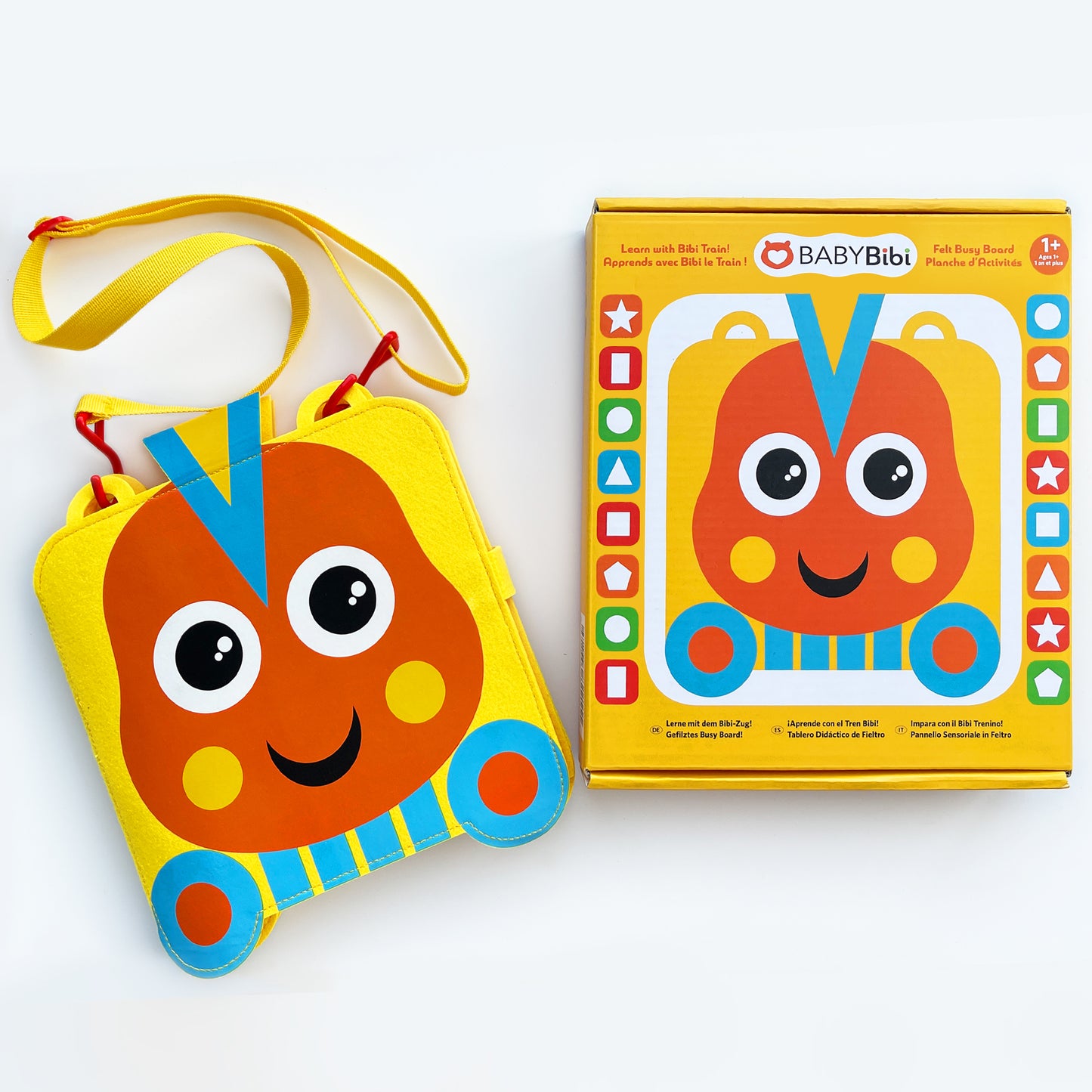
Colors have a very real impact on our psychology, especially so for young children and those with learning disabilities and disorders like ADHD. Different colors can affect us in different ways, from soothing to angering. What is more, is that how colors affect us is unique. Pink may make one person happy and joyful, and another angry or sorrowful. What does not change, though, is the fact that colors have this energy and power in our lives. They are able to change the way we think and feel, to the point that it has made some children complete tasks faster.
Color Psychology and Learning
Colors can affect people in different ways and each color’s effect is unique to the person. Did you know that colors can have a tremendous impact on children’s ability to learn? For children, some colors stimulate an increase in engagement and learning speed.
When the brain sees and begins to decipher colors, it has an effect on the brain. Mentally and emotionally, colors affect people. For a child, this can alter the way they feel, the way they approach subjects, the way they handle emotions, and the way they deal with the world around them.
For children, having the right colors in their environment can help to create a calming learning experience.
Bright, vibrant colors, full of white and garish tones, can make the children feel uneasy. It can lead to frustrations and anger, making it difficult for them to concentrate or stay on task. By switching the colors to calmer tones, blues and browns, the children themselves become calmer. A study has shown that children’s productivity and emotional states were altered when the colors in their environment were changed.
Part of the impact of color is in their physical response. Children respond to color in a physical way. The light and tones of the colors can lead to small, involuntary physical responses, such as sweating and blinking.
While, for the most part, colors have similar affects, like blue for relaxing, it is important to note that each child is different. How one child will react to color is not necessarily the same as how another child will react. Typically, though, keeping the colors to cooler and “quieter” tones does reduce the psychological and physical strains that many children face in learning environments.
Emotions of Color
The emotions and mental responses to colors are, generally, the same. While there are unique reactions, colors do invoke the same feelings and thoughts in many of us. This is why many labs, educational institutions, and other similar areas will use the same colors. On a personal level, using a child’s favorite color may invoke a better response on the individual level, but colors do have nearly similar responses in all of us. To learn more about how each color affects us, look below.
Blue has two main effects. It can create a relaxing, calming environment, perfect for learning and focusing. However, blue can also lead to depressing thoughts and getting a person “down” if there is too much of it.
A color of passion and intensity, red is a much stronger color. It can creates strong emotions. For tasks that are otherwise monotonous or boring, this can help to keep children focused and paying attention rather than dozing off.
Yellow, like blue, has two effects. It is great for getting the mind going. It can help children with thinking, it makes them happier, and it keeps them focused. On the other hand, it can also lead to greater levels of stress in a child and should not be overused. Green is a color of health and growth.
Green can lead to a calmer mind and healthier child by reducing levels of stress.
To lower stress and keep children calm, pink is a perfect color. It is not attention grabbing or intense, and it creates a sense of peace in young children.
Purple on the other hand is a great attention grabbing color. It does not have the intensity of colors like red or yellow, but it does have an ability to keep children focused.
Orange helps in critical thinking and memory. When using this color, it can help children to perform better in testing, learning, and memorization.
It is important to remember that color has a strong link to increased mental performance when selecting a color for the baby nursery, study, family room, classroom, etc. Smart Color selection can help children to improve and flourish in their environments.

